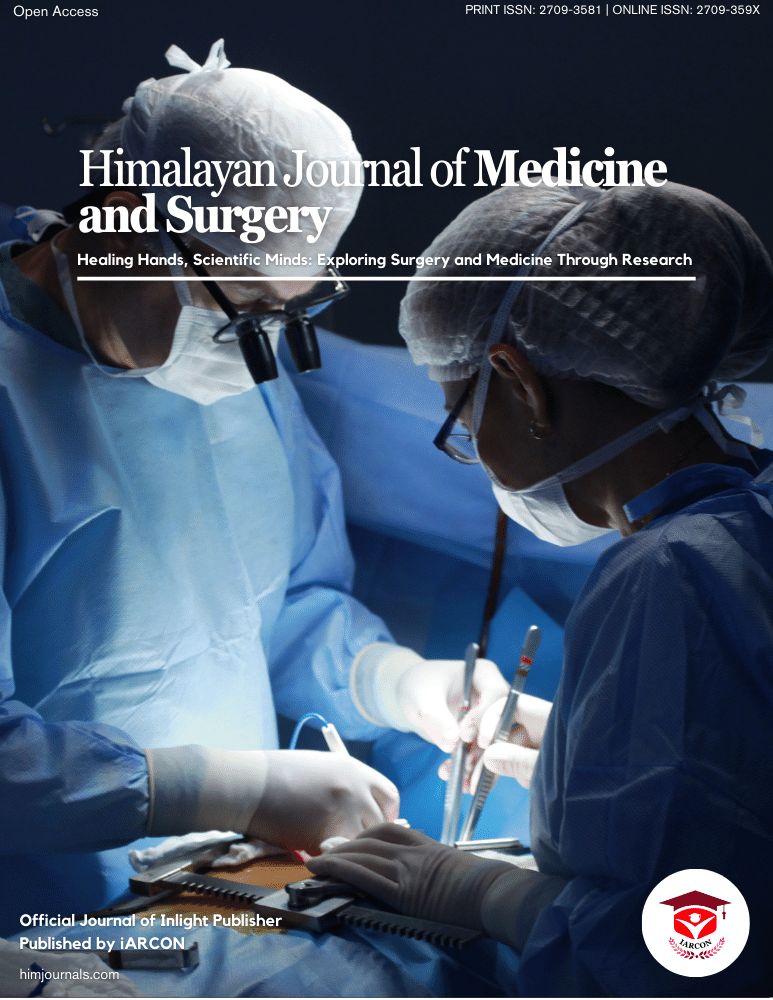Study subject
From January 2019 to December 2023,74 male spinal cord injury patients admitted in Guangdong Injury Rehabilitation Hospital were selected, and RigiScan was used to monitor the hardness, swelling proportion, base circumference and swelling circumference of night sleep primer erection; all patients had sexual needs, normal erection before injury, consciousness, no cognitive impairment, no organic disease.
The mean age was 40.80±11.40years, and the disease duration was 12.24±10.75 months. There were 11 cases of cervical segment(1 ASIA A, 2 ASIA C, 8ASIA D), 24 cases of thoracic segment(12 ASIA A, 7 ASIA C, 5 ASIA D), 6 cases of lumbar segment (1 ASIA A, 1 ASIA C, 4 ASIA D) and 33 cauda equina injuries.
This study was approved by the ethical review of Guangdong Industrial Injury Rehabilitation Hospital (AF / FC-07 / 2020.35)
Spinal Cord Injury Level and Rating
The 2019 version of the International Standards for Neurological Classification of Spinal Cord Injury were used to evaluate the spinal cord injury plane. In this study, [9] the enrolled patients were divided into two groups: complete SCI (AIS A) and incomplete SCI (AIS B, C, D, and conical cauda equina injuries).
Erectile Function Detection
NPT examination, which is often the preferred method for ED diagnosis and screening in healthy people at home and abroad, is recognized as the most reliable method to distinguish psychological ED and organic ED in the medical community [10]. ypUsing RigiScan monitor, guided by the doctor patients and escort families choose quiet residence without interference, before bed will be the monitor fixed in the thigh root, sensor cuff around the penis and penis coronal groove, turn on the power, the monitoring state, after the power, take off the detector, input computer printing, continuous monitoring for three nights. The equipment automatically records the penile tip average event rigdity%, base average event rigdity%, tipevent tumescence% ,bsae event tumescence%,tip average event tumescence and baseaverage event tumescence.The higher the value is, the better the erection function is.
Assessment of Pelvic Floor Function
When the examiner pinched the penis head with a little pressure (the catheter), the sponge muscle and external anal sphincter contraction-spavernosal reflex; the anal finger examination determines whether the patient has anal voluntary contraction, and the rectum pressure determines whether the patient has deep rectal pressure sensation. The patient was asked for autonomic disturbances like headache, palpitations, and sweating during bladder filling.
Statistical analysis
Data were T-tested for independent samples using SPSS27 version statistical software with a significance level of P=0.05. The test variables were: tip average event rigdity%, base average event rigdity%, tipevent tumescence% bsae event tumescence%,tip average event tumescence and baseaverage event tumescence, expressed as (x-±s); the grouping variables were complete spinal cord injury grade A and incomplete spinal cord injury (B, C, D, conical cauda equina injuries).


